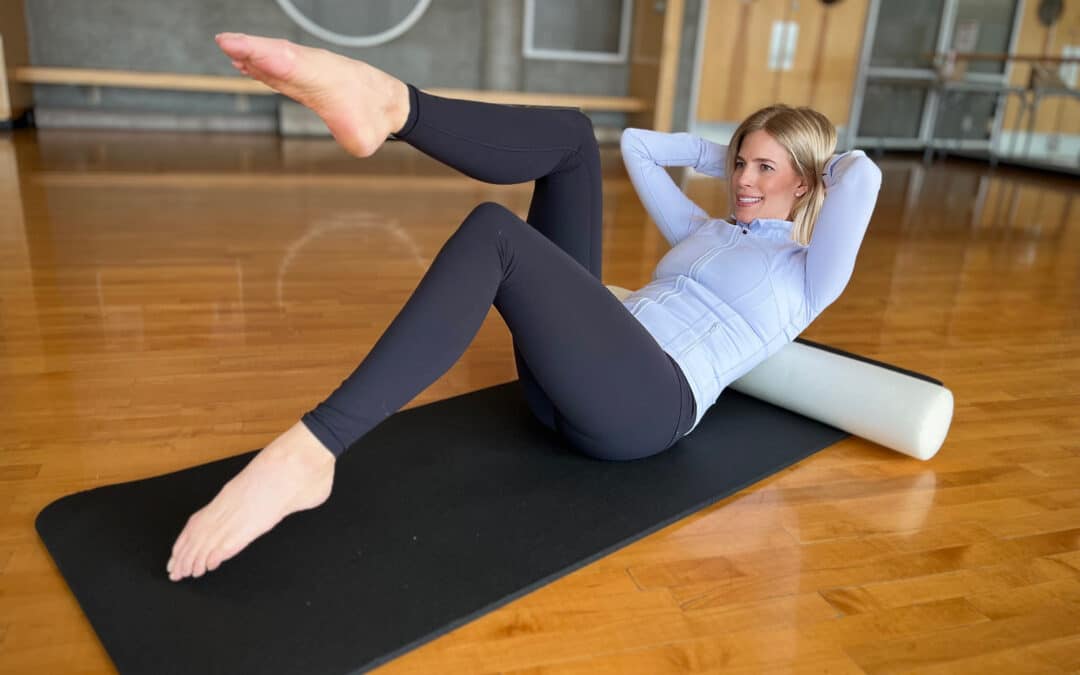Oops — This Content Is for Members Only
You’ve discovered content for our exclusive Pilates Memberships.
To unlock unlimited access, plus weekly livestreams, fresh new videos, and member-only resources, join Pilates & today.
Become a Member & Start Your Daily Practice
Learn more about the Membership


